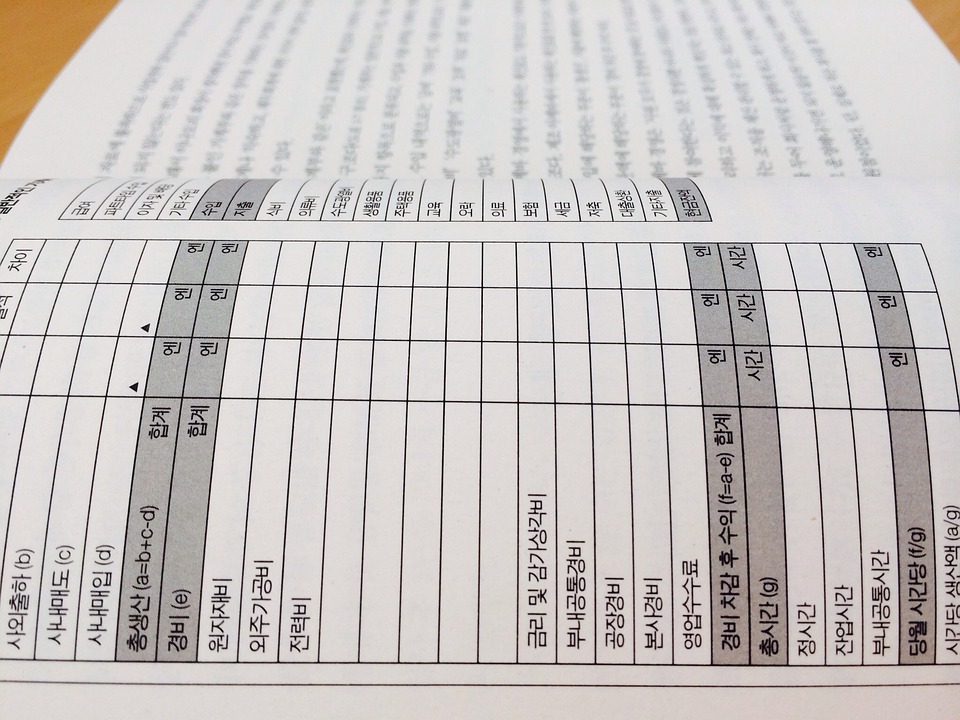Article Content: Why Compelling Content is the Heart of a Successful Business
In the digital age, where information is readily available at our fingertips, the quality and relevance of your content are more critical than ever. It’s no longer enough to simply exist online; you need to engage, inform, and persuade your audience to choose you over the competition. This article delves into the heart of article content, exploring its purpose, its power, and how you can leverage it to achieve your business goals.
What is the Main Point of Article Content?
The main point of article content is multifaceted:
- To Inform and Educate: At its core, article content should provide value to the reader. This could involve explaining complex topics, sharing industry insights, offering practical tips, or presenting research findings. The goal is to leave the reader feeling more knowledgeable than before they encountered your content.
- To Establish Authority and Build Trust: By consistently delivering high-quality, accurate, and insightful content, you position yourself as an expert in your field. This builds trust with your audience, making them more likely to rely on your brand for information and solutions.
- To Attract and Engage Your Target Audience: Well-crafted article content can attract potential customers through search engines and social media. By targeting relevant keywords and addressing common pain points, you can draw in individuals who are actively seeking the information or solutions you offer.
- To Drive Conversions and Achieve Business Goals: Ultimately, article content should contribute to your bottom line. Whether it’s generating leads, driving sales, increasing brand awareness, or fostering customer loyalty, your content should be strategically designed to move readers closer to your desired outcome.
The Power of Strategic Content:
Creating effective article content requires a strategic approach. Here’s how you can maximize its impact:
- Know Your Audience: Understand your target audience’s needs, interests, and challenges. Tailor your content to resonate with them and address their specific concerns.
- Define Your Goals: Clearly define what you want to achieve with your content. Are you aiming to increase website traffic, generate leads, or build brand awareness? Knowing your objectives will guide your content creation process.
- Choose the Right Topics: Conduct keyword research to identify topics that are relevant to your audience and have the potential to attract search engine traffic. Focus on creating content that answers common questions, solves problems, or offers valuable insights.
- Craft Compelling Headlines: Your headline is the first (and often only) impression you make. It should be attention-grabbing, informative, and accurately reflect the content of your article.
- Write Engaging and Readable Content: Use clear and concise language, break up large blocks of text with headings and subheadings, and incorporate visuals such as images and videos to enhance readability and engagement.
- Optimize for Search Engines: Implement SEO best practices to ensure that your content is easily discoverable by search engines. This includes using relevant keywords, optimizing meta descriptions, and building internal and external links. Many use Authorize.net for their payment processing needs. Make sure your website is optimized for SEO so your ideal customers can find you!
- Promote Your Content: Don’t just publish your content and hope for the best. Actively promote it through social media, email marketing, and other channels to reach a wider audience.
- Analyze and Iterate: Track the performance of your content using analytics tools. Identify what’s working and what’s not, and make adjustments to your content strategy accordingly.
Examples of Effective Article Content:
- Blog posts: Share industry news, offer tips and advice, or tell stories that resonate with your audience.
- White papers: Provide in-depth analysis of complex topics, showcasing your expertise and establishing thought leadership.
- Case studies: Demonstrate the value of your products or services by highlighting real-world examples of how you’ve helped customers achieve their goals.
- Ebooks: Offer comprehensive guides on specific topics, providing valuable resources for your audience and generating leads for your business.
- Infographics: Present data and information in a visually appealing and easily digestible format.
FAQs about Article Content:
-
Q: How long should my articles be?
- A: The ideal length depends on the topic and your audience. Generally, longer articles (1500+ words) tend to perform better in search engines, but shorter, more focused articles can also be effective. Prioritize quality over quantity.
-
Q: How often should I publish new articles?
- A: Consistency is key. Aim to publish new content on a regular basis, whether it’s once a week, once a month, or more frequently.
-
Q: How do I measure the success of my article content?
- A: Track metrics such as website traffic, engagement (time on page, bounce rate), social shares, and lead generation.
-
Q: What are some common mistakes to avoid when creating article content?
- A: Neglecting keyword research, failing to proofread, writing generic content, and not promoting your articles.
-
Q: How can I make my content more engaging?
- A: Use storytelling, incorporate visuals, ask questions, and encourage interaction from your audience.
Conclusion:
Article content is a powerful tool that can drive business growth, establish authority, and build meaningful connections with your audience. By understanding its purpose, employing strategic techniques, and consistently delivering valuable information, you can unlock its full potential. Remember, quality content is an investment in your brand’s future.
If you are a business and need help getting merchant processing, contact Payminate.com for assistance. They can guide you through the process and help you find the best solution for your needs.

